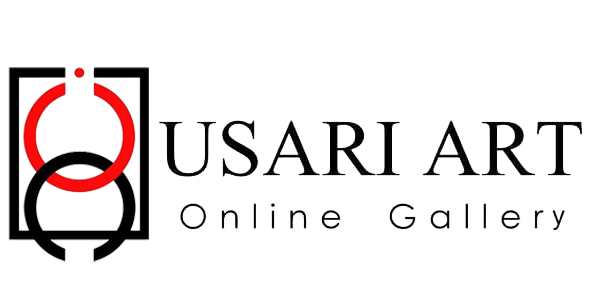The Evolution of Art: From Modern to Contemporary

II. The Development of Modern Art
Historical Context
Modern art emerged in the late 19th century, influenced by the Industrial Revolution, social and political changes, and movements like Impressionism. The rise of Freudian psychology and a focus on individual expression further shaped modern art, creating a revolutionary new approach that transformed the cultural landscape.
Key Characteristics
Modern art is defined by abstraction, experimentation, and a focus on the individual artist’s vision. It reduces art to essential elements, pushing the boundaries of traditional techniques and embracing new materials. This emphasis on personal expression allowed artists to explore new themes and forms, creating a distinct and innovative mode of artistic expression.
Influential Modern Artists
Pablo Picasso: A key figure in Cubism, Picasso revolutionized the representation of objects through abstraction.
Wassily Kandinsky: A pioneer of abstract art, Kandinsky emphasized the expressive power of color and form.
Henri Matisse: Leader of Fauvism, known for bold colors and expressive brushwork.
Marcel Duchamp: Conceptual art pioneer, challenging traditional notions with works like “Fountain.”
Jackson Pollock: Abstract Expressionist known for gestural paintings.
III. The Impact of Modern Art on Contemporary Art
Post-War Influences
The innovations of modern art profoundly impacted post-war artists, leading to movements like Abstract Expressionism and Pop Art. Artists like Mark Rothko and Andy Warhol drew on modernist techniques and themes, paving the way for contemporary art.
Rise of New Art Forms
Inspired by modern art, new forms like installation and conceptual art emerged. Installation art creates immersive environments, while conceptual art emphasizes ideas over physical objects. These forms challenge traditional boundaries and reflect the complexities of the modern world.
Examples of Influenced Contemporary Artists
Jackson Pollock: Influenced by Abstract Expressionism.
Mark Rothko: Known for his color field paintings.
Cindy Sherman: Explores identity and gender through photography.
Damien Hirst: Uses ready-made objects, questioning the value of art.
Banksy: Incorporates political commentary into street art.
Jeff Koons: Creates controversial sculptures that blur high and low culture.
Kara Walker: Uses cut paper silhouettes to explore race and history.
IV. Criticisms of Modern and Contemporary Art
Criticisms of Modern Art
Modern art has faced criticism for perceived elitism and inaccessibility. Detractors argue it caters to a small elite and is difficult for the general public to understand. Some see it as pretentious and disconnected from real-world concerns.
Criticisms of Contemporary Art
Contemporary art is criticized for a perceived lack of skill and reliance on shock value or gimmicks. Critics argue it is too focused on theory and academic discourse, making it inaccessible and disconnected from broader social issues.
Counterarguments
Deliberate Artistic Choices: The perceived lack of skill in contemporary art is often a deliberate choice to challenge traditional notions of “good” art.
Complexity and Engagement: While some works may be difficult to understand, this complexity makes them rewarding and intellectually stimulating.
Social and Political Engagement: Many contemporary artists address important issues, contributing to broader cultural conversations.
Artistic Innovation: Both modern and contemporary art have pushed boundaries and inspired new forms of expression, highlighting their ongoing relevance.
V. Conclusion
Summary
This article explored the relationship between modern and contemporary art, highlighting modern art’s key characteristics and influential artists, its impact on post-war and contemporary art, and addressing criticisms with counterarguments. Modern and contemporary art have significantly contributed to the world of art and culture, inspiring new forms of expression.
Reflection on Significance
Modern art’s impact on contemporary art is profound, with its innovations inspiring new forms like installation and conceptual art. Contemporary artists continue to draw from modern art’s legacy, creating bold and innovative work that challenges norms and explores new modes of expression.
Invitation for Reader Engagement
Art is deeply personal and subjective. We invite you to share your opinions and experiences with modern and contemporary art. Have you been moved by a particular artwork or artist? Do you have a favorite contemporary artist? Share your perspectives and engage in a thoughtful dialogue about the power and importance of art in our lives.
.
